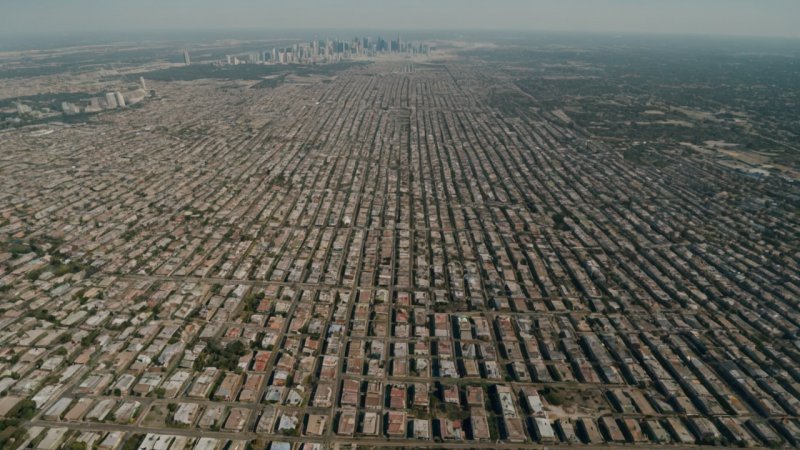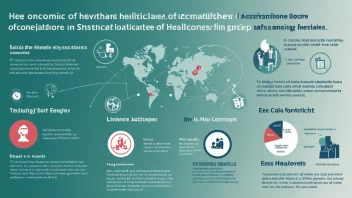Introduction
Urban heat islands (UHIs) are metropolitan areas that experience significantly higher temperatures than their rural surroundings. This phenomenon occurs due to human activities and alterations in land use, such as the extensive use of concrete and asphalt, which absorb and retain heat. Understanding how urban heat islands affect local climates is crucial for developing effective mitigation strategies. In this article, we will explore the top seven ways UHIs impact our environment and communities.
1. Increased Temperatures
Urban areas can be up to 5°F (3°C) warmer than nearby rural areas. This temperature discrepancy can lead to discomfort for residents and increased energy demands for cooling systems.
2. Higher Energy Consumption
With elevated temperatures, cities experience a surge in energy consumption as air conditioning and refrigeration systems work overtime to maintain comfortable indoor climates. This increased demand can strain local power grids and lead to higher utility bills for residents.
3. Deteriorating Air Quality
The heat generated by urban areas can exacerbate air pollution. Increased temperatures can elevate ground-level ozone, a harmful air pollutant that can lead to respiratory issues and other health problems.
4. Impact on Water Bodies
Urban heat islands can lead to warmer water temperatures in nearby lakes and rivers, which can adversely affect aquatic ecosystems. Fish and other aquatic organisms may struggle to survive in elevated temperatures, disrupting local biodiversity.
5. Health Risks
Higher urban temperatures can pose serious health risks, particularly for vulnerable populations such as the elderly and those with pre-existing health conditions. Heat-related illnesses and increased mortality rates during heatwaves are significant concerns in UHI-affected areas.
6. Altered Weather Patterns
Urban heat islands can influence local weather patterns, leading to changes in precipitation and storm intensity. These alterations can result in increased flooding and other weather-related challenges for urban planners and residents alike.
7. Economic Impact
As urban areas become increasingly uncomfortable due to heat, business productivity may decline. Additionally, the costs associated with energy consumption, health care, and infrastructure repairs due to weather changes can strain local economies.
Conclusion
Urban heat islands present a complex challenge for cities, impacting everything from energy consumption to public health. Understanding these effects is vital for developing effective mitigation strategies, including increasing green spaces, implementing reflective building materials, and enhancing urban planning practices. By addressing the challenges posed by UHIs, we can create healthier, more sustainable urban environments for all.






